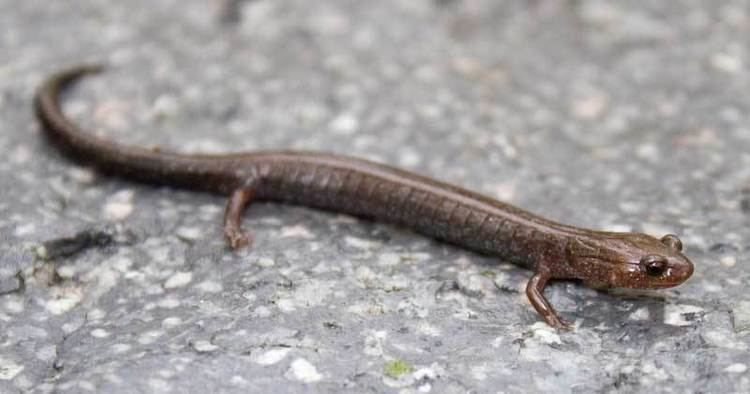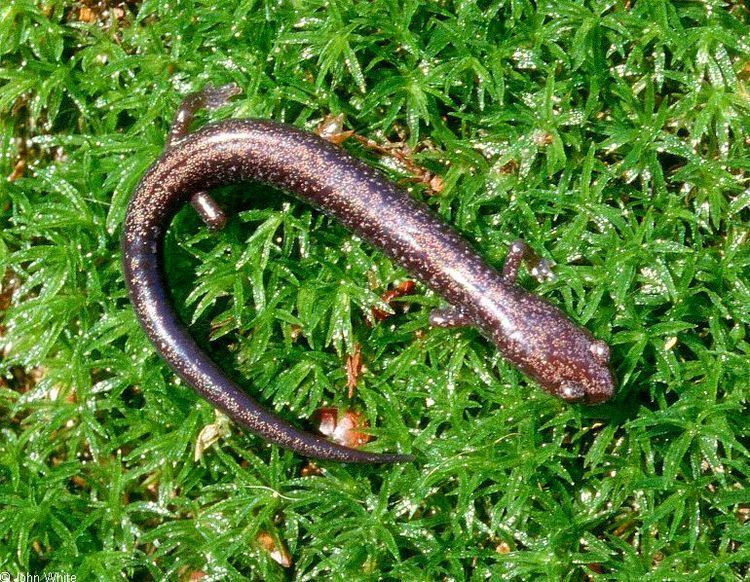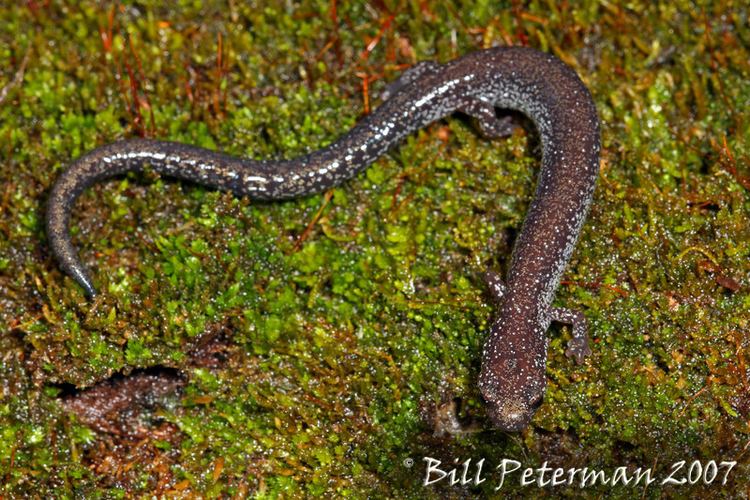Family Plethodontidae Scientific name Plethodon richmondi Order Salamander | Subphylum Vertebrata Genus Plethodon Phylum Chordata Rank Species | |
Similar Woodland salamander, Salamander, Amphibians, Wehrle's salamander, Northern zigzag salamander | ||
Northern ravine salamander
The ravine salamander (Plethodon richmondi) is a species of salamander in the family Plethodontidae, which is endemic to the United States. It is threatened by habitat loss.
Contents

Etymology

The epithet, richmondi, is in honor of its discoverer, Neil D. Richmond, who later succeeded M. Graham Netting as Curator of the Section of Amphibians and Reptiles at the Carnegie Museum of Natural History, Pittsburgh, Pennsylvania.
Geographic range

The ravine salamander is found in eastern Kentucky, Ohio, southern West Virginia, western Virginia, northwestern North Carolina, and northeastern Tennessee.
Description
Adult ravine salamanders are 7.5–11.5 cm (3–4½ inches) in total length. They have short limbs and are somewhat worm-like in appearance and movement. Dorsally and laterally they are dark brown or black, with silvery or brassy flecks. Ventrally, unlike other small plethodontids, they are dark brown or black.
Habitat

Its natural habitat is temperate forests, in which it prefers the slopes of valleys and ravines. It is a terrestrial species and is found among the leaf litter, hiding under logs, stones or stumps. It hibernates underground in winter and aestivates at the height of summer. Eggs are laid in cracks and crevices and develop directly into juvenile salamanders without an intervening larval stage.
Conservation status

The main threats facing the ravine salamander are degradation of its habitat and some sub-populations have been destroyed by this. However it is a common species in its wide range and occurs in several protected areas, and overall the population seems steady. For these reasons, the International Union for Conservation of Nature has assessed it as being of "least concern".
